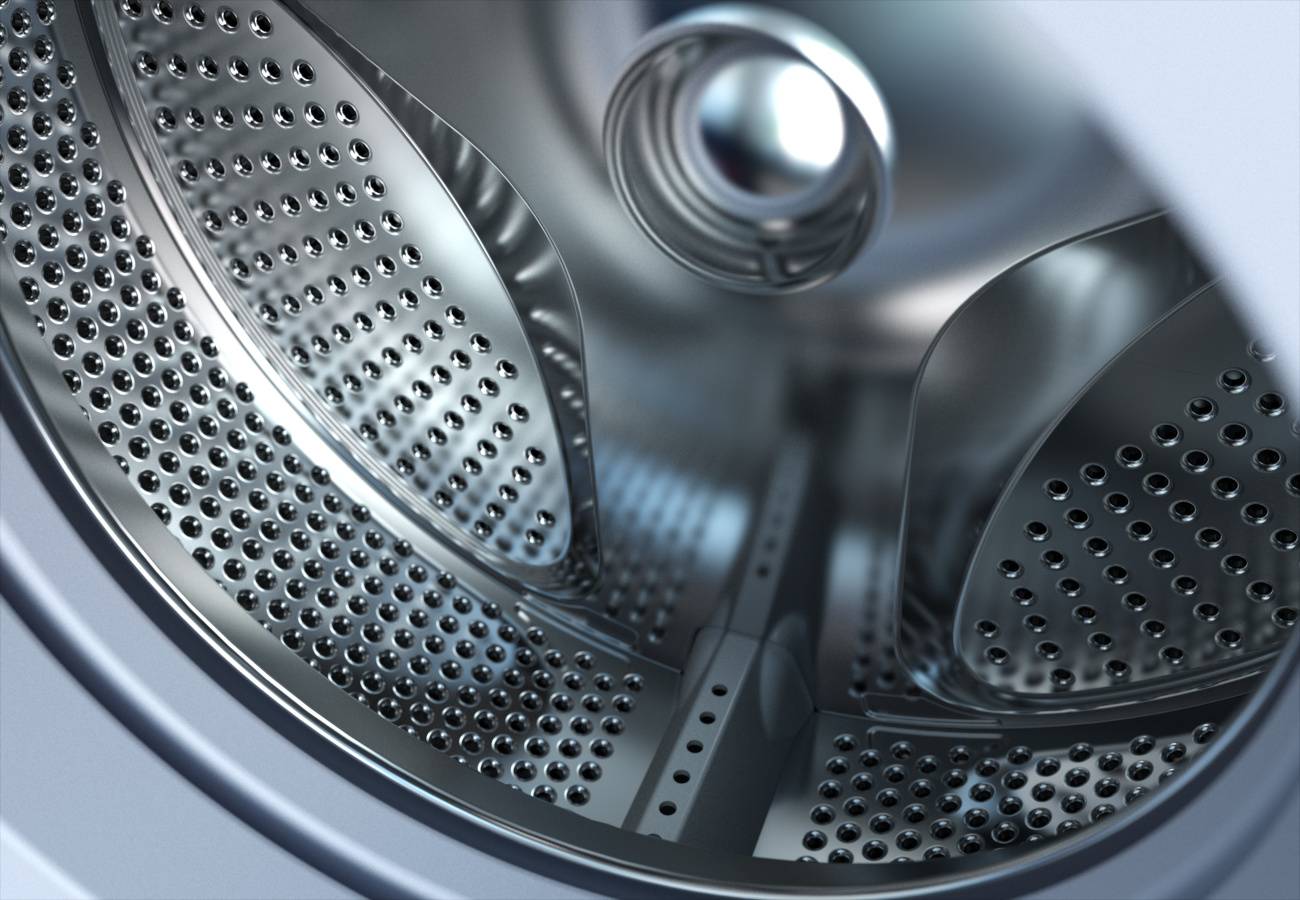Rating of the best inexpensive smartphones for kids for 2020
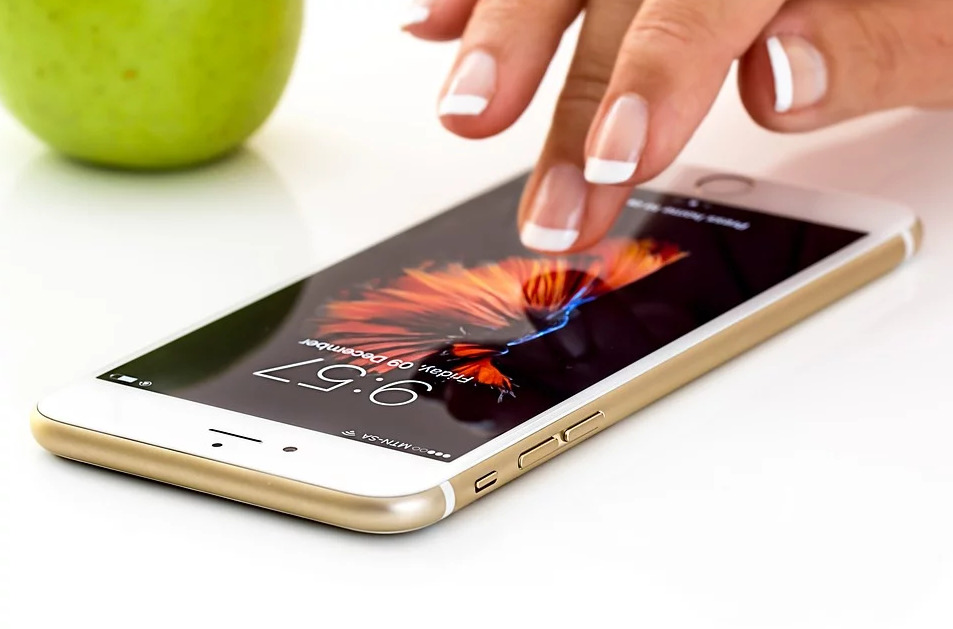
The times when the phone was needed exclusively for calls are over, and today this gadget is indispensable in all spheres of human life. Moreover, this device can really facilitate many tasks, as well as help in learning or recreation.
In 2020, every child wants to have a phone, because it is a universal toy that is always there. And, despite all the fears of parents, there is nothing wrong with that, because modern technologies are already too firmly established in life and in the future this trend will only intensify. Therefore, even getting banal skills in working with digital devices, not to mention the joy of a gift, is an excellent reason to study the rating of the best inexpensive smartphones for children for 2020 in order to most accurately select the device based on its advantages and disadvantages.
Simple smartphones
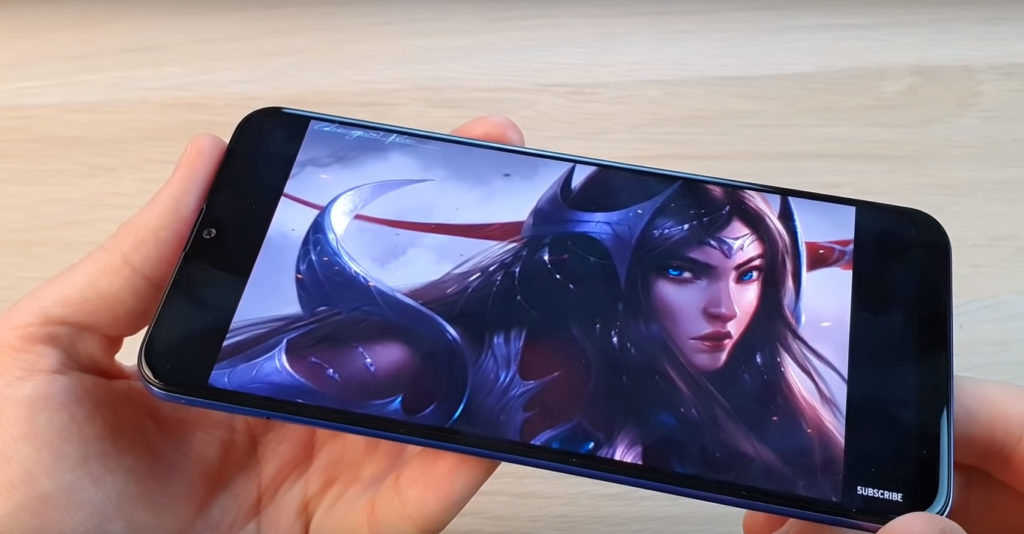
It makes no sense for a child to buy an expensive phone, even adults do not use all the functionality of their devices. However, it is impossible to consider frankly cheap options, and there are several reasons for this:
- Display. When buying a smartphone, a child needs to understand that no matter how forbidden he is to play games, he will do it. So the only way to help in such a situation is to choose a model with a good screen resolution, which will strain your eyes less.
- Autonomy. If the battery charge lasts only a few hours, then there is a high probability that it will be simply impossible to get through to the child - the children will definitely not save the battery.
- Screen size. It is important to find the line here. On the one hand, the small diagonal allows a small hand to comfortably grip the case, on the other hand, when reading from too small displays, eyes will again strain.
- Performance and cameras. When purchasing a frankly weak gadget, you need to be prepared for the fact that the child will start asking for a new thing the next year.
Having decided on the main selection criteria, we proceed to the rating itself. For a quick reference, you should use the table below:
| Model | Cameras | Performance | Memory | Overall dimensions | average price |
|---|---|---|---|---|---|
| Doogee X53 | main: 5 Mp + 5 Mp front camera: 2 Mp | MediatTek MTK6580M (1.3 GHz)), Mali-400 MP2 | 1 / 16GB | 146.3x69.8x8.6 mm | 5,000 rubles |
| Prestigio S Max 7610 Duo | main: 13 Mp + 2 Mp + 0.3 Mp front camera: 5 Mp | Spreadtrum Shark L3 4 + 4 cores (1.6 GHz + 1.2 GHz), | 3 / 32GB | 157x74x9.5 mm | 8,000 rubles |
| Samsung Galaxy M10 | main: 13 Mp + 5 Mp front camera: 5 Mp | Samsung Exynos 7870 (1.6 GHz), ARM Mali-T830 MP1 | 2 / 16GB | 155.6,3x75.6x7.7mm | 8 300 rubles |
| Honor 8A | main: 13 MP front camera: 8 Mp | MediaTek MT6765 (4x2.3 GHz, 4x1.8 GHz), PowerVR GE8320 | 2 / 32GB | 156.28x73.5x8.22 mm | 10,000 rubles |
| Motorola Moto E6 Plus | main: 13 Mp + 2 Mp front camera: 8 Mp | MediaTek MT6762 Helio P22 (2.0 GHz), PowerVR GE8320 | 2 / 32GB | 155.6x73.1x8.6 mm | 8,000 rubles |
| Meizu M10 | main: 13 Mp + 2 Mp + 2 Mp front camera: 8 Mp | MediaTek Helio P25 (2.6 GHz), ARM Mali-T880 MP2 | 3 / 32GB | 164.87x76.33x8.45 mm | 12,000 rubles |
Doogee X53
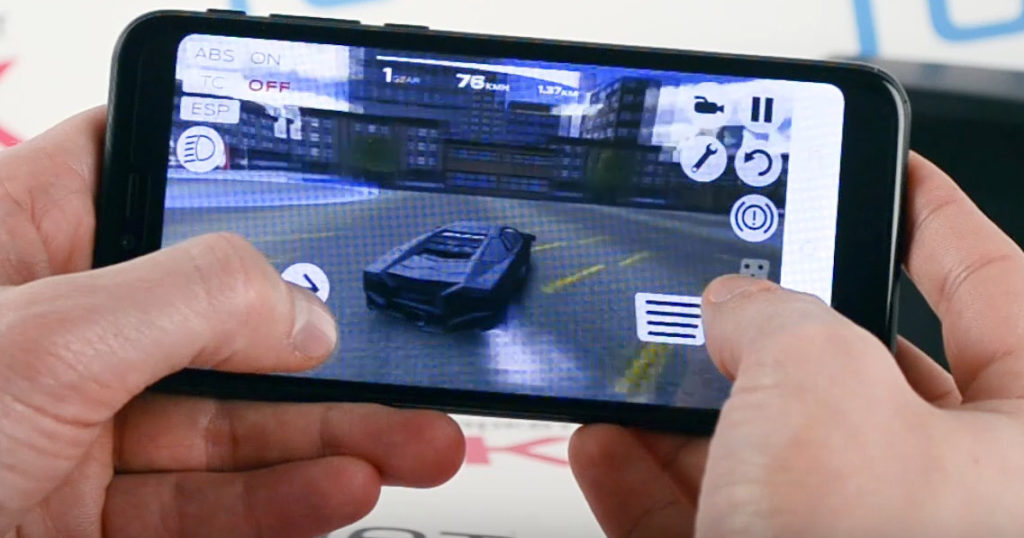
Average price: 5,000 rubles.
This smartphone is the bare minimum to target, but it is great for elementary school students or as their first phone. The smartphone has a discreet design and a plastic body, but at the same time it has an impressive 5.3-inch diagonal with a TFT matrix. The screen resolution is 960 × 480, and the pixel density is 201 ppi, which is not enough for this display size, and therefore the picture will be quite grainy.
The device supports work with two SIM cards, as well as 3G networks. Instead of a SIM card, you can install an external ROM up to 64 GB.
Responsible for the performance is the 1.3 GHz quad-core MediatTek MTK6580M processor with Mali-400 MP2 graphics. It should be noted right away that the device will not handle modern games, but many popular applications from Google Play will still work.
There is a lot of internal memory (as for the cost) - 16 GB. But there are obvious problems with RAM - 1 GB in 2020 is very small, but still enough for the normal operation of the system and applications. By the way, Doogee X53 comes with a fairly fresh Android 7.0 Nougat, so there shouldn't be any compatibility problems.
The cameras on the smartphone leave much to be desired - this is a dual main sensor of 5 MP + 5 MP (wide angle 100 °) with a good f / 1.8 aperture. The front camera has a 2 megapixel module (f / 2.4). The maximum video quality is 1280 × 720, which corresponds to the HD format.
Of the wireless technologies, it is worth highlighting the presence of Wi-Fi, Bluetooth 4.0, support for satellite systems A-GPS, GPS. There is also a mini-Jack 3.5 mm and an old microUSB connector.
The phone's battery has a capacity of 2200 mAh. At first glance, it seems that this is not enough, but given the undemanding hardware and the absence of any serious sensors, the charge will last for a long time with moderate use.
- Cost;
- Large screen;
- Quite good autonomy;
- Wide-angle camera;
- Internal memory 16 GB;
- Android 7.0 Nougat;
- 3G support.
- Screen options;
- Performance and RAM
- Front-camera.
Conclusion: Doogee X53 is an affordable device that has all the necessary functions, albeit in a stripped down version. Perfect for children under 10 years old who play simple games and are not demanding on the quality of pictures.
Prestigio S Max 7610 Duo
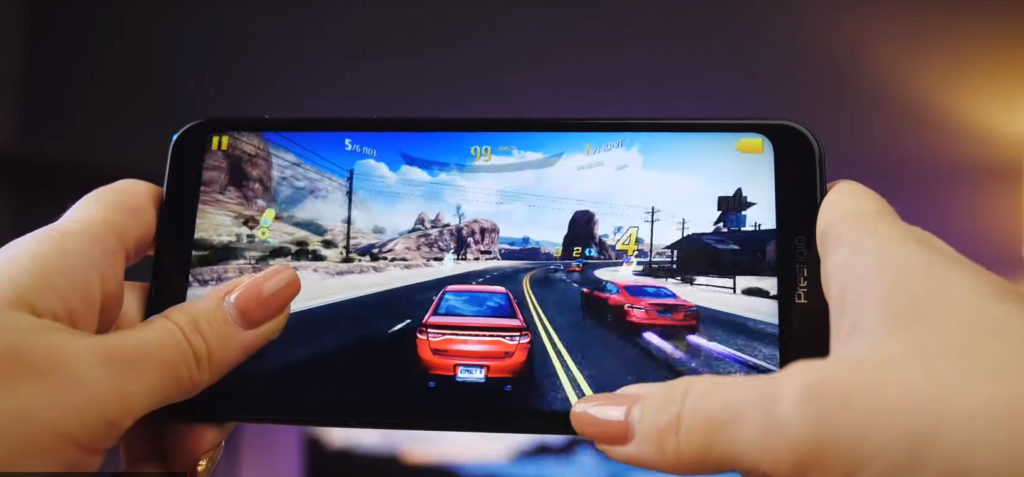
Average price: 8,000 rubles.
Quite an interesting and popular model due to its good price / quality ratio. The first thing that attracts the device is, of course, a large screen with thin frames and a stylish drop camera. The screen also has a bright IPS matrix with a resolution of 1560 x 720. The only drawback is a small defect in colors that give off in cold (green tones).
It supports work with two SIM-cards, which is clear from the name, but there is also a pleasant surprise - a separate tray for external memory. That is, you don't have to choose between a SIM card and a microSD card.
But performance is clearly not the strongest side of the Prestigio S Max 7610 Duo - the Spreadtrum Shark L3 processor, although it has eight cores, cannot boast of good power in active games. Largely due to the clock speed of the Cortex-A55 4 + 4 cores (1.6 GHz + 1.2 GHz). But not demanding applications and the Android 8.1 Oreo operating system work without lags. By the way, the device has 3 GB of RAM, which allows it to load quickly and show good performance. Built-in memory for a budget employee in 2020 is also quite enough - 32 GB. Optionally, you can insert an external flash card up to 128 GB.
The phone supports 4G (LTE), so, given the screen size, it will be comfortable to watch videos and movies online on it.
With cameras, everything is not bad - the main one has three sensors of 13 Mp + 2 Mp + 0.3 Mp. True, you shouldn't expect too much - there are a lot of cameras, but the number in this case is far from decisive. The front camera received a modest 5 megapixel module, but overall it shoots well.
Wireless technologies were not surprising - these are standard Bluetooth 4.0, GPS and Wi-Fi. There is an accelerometer, light and proximity sensor, and a fingerprint scanner. The function of unlocking in the face has been implemented and contrary to all expectations, it even works, although not always the first time. There is a mini-Jack 3.5 mm and a microUSB connector.
Autonomy is not bad for the price - a 3000 mAh battery holds a charge of about 5 hours in game mode, and a day with normal.
- Price quality;
- Stylish appearance;
- Large screen;
- Octa-core processor and high-speed RAM;
- Face unlock;
- Triple camera;
- 4G (LTE) support;
- Autonomy;
- Android 8.1 Oreo;
- Separate slot for microSD.
- Small image defects;
- Image quality;
- Performance is lacking for modern games;
- There are problems with updating the OS.
Conclusion: Prestigio S Max 7610 Duo will be a good gift both for a boy, due to good performance, and for a girl who cares not only about appearance, but also a large screen with high-speed Internet access.
Samsung Galaxy M10
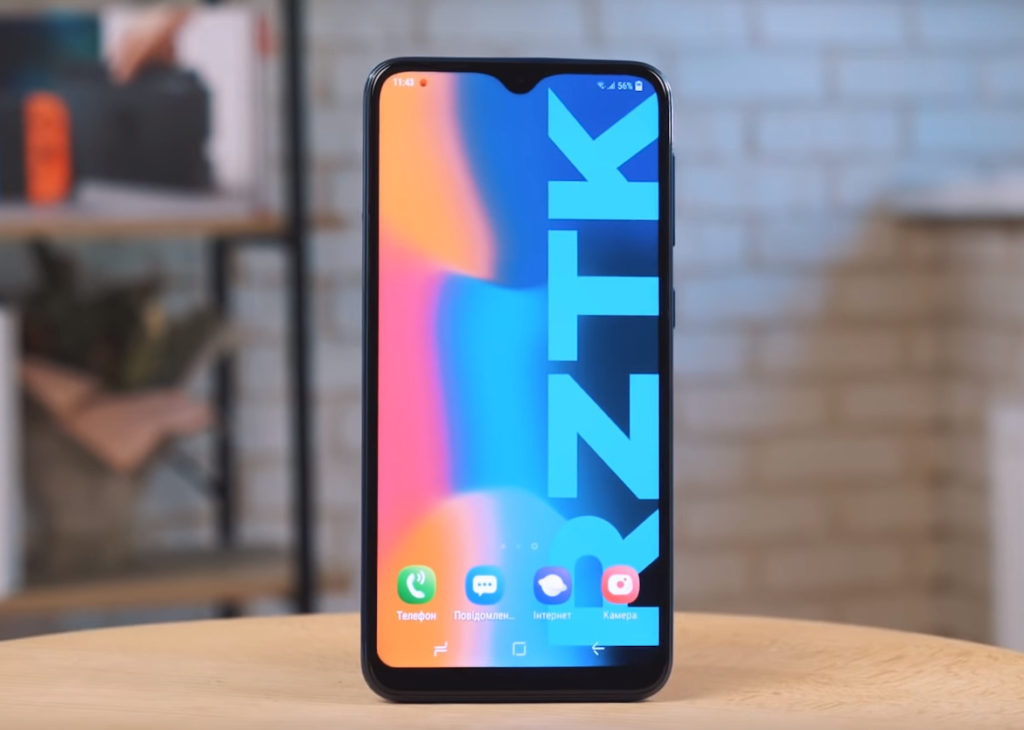
Average price: 8 300 rubles.
The Galaxy M10 is one of the most affordable smartphones from the Korean company. But, despite the low cost, the owners speak about it mostly positively. The secret of success is a large PLS screen with a diagonal of 6.2 inches (resolution 1520 by 720), brand awareness and, of course, stylish appearance. The phone has very thin bezels, a waterdrop-shaped camera cutout and a large screen real estate ratio. So outwardly, the device looks more expensive than it costs.
The device supports Nano-SIM cards and 4G (LTE) networks. It is possible to further expand the internal storage capacity by 16 GB by installing microSD up to 512 GB.
From a performance standpoint, the device looks ambiguous. On the one hand, a rather powerful Samsung Exynos 7870 processor with eight Cortex-A53 cores (each 1.6 GHz) and ARM Mali-T830 MP1 graphics, on the other hand, only 2 GB of RAM, which does not allow to fully reveal its potential. However, the system works without signing, and many games are running, albeit at low settings.
But the cameras of the Galaxy M10 are really good - a dual main module of 13 MP + 5 MP and a 5 MP front camera take bright and vivid pictures, and there is also a 120 ° wide-angle sensor.
Runs under Android 8.1 OS with SE 9.5 shell. Among the wireless technologies are Bluetooth 4.2, Wi-Fi, A-GPS navigation, Beidou, GLONASS. MicroUSB is used as a power connector, there is a 3.5 mm jack for headphones.
A 3400 mAh battery is responsible for autonomy, which allows you to actively use an energy-efficient smartphone for more than 5 hours due to smart hardware and a low screen resolution.
- 4G support;
- Powerful and economical processor;
- Good cameras;
- Autonomy;
- Wide angle 120 ° sensor.
- Bright 6.2-inch screen;
- Design.
- Low RAM memory;
- External memory 16 GB.
Conclusion: Samsung Galaxy M10 is an excellent smartphone option for older children, because in addition to good characteristics, the device has an attractive appearance and has high-quality cameras. In addition, it is a great option for watching movies - the PLS-matrix perfectly reproduces colors, and the large screen allows you to watch videos without straining your eyes.
Honor 8A
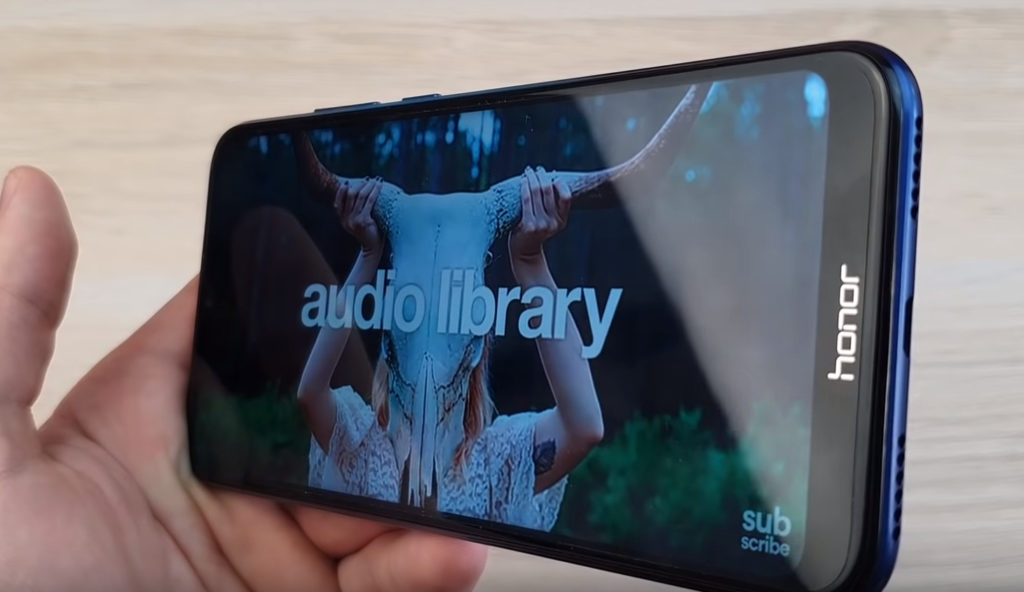
Average price: 10,000 rubles.
In many ways, the Honor 8A is similar to the Galaxy M10: from the large screen to the hardware. However, the Chinese developer has relied on performance. The 6.09-inch display with an IPS matrix with a resolution of 1560 × 720 pixels reproduces colors well, and the thin edges and a drop of the notch emphasize the completeness of the image.
Inside, Honor has eight Cortex-A53 cores of the MediaTek MT6765 processor (four efficient 2.3 GHz cores and four economical 1.8 GHz cores). The PowerVR GE8320 graphics allow you to play modern games at low and medium settings, but again the problem is in the RAM - 2 GB is clearly not enough for modern applications.
The phone supports 4G (LTE) communication standard, and works with two nano-SIM cards. Internal memory as for a budget employee is enough - 32 GB, but it is possible to install external flash memory up to 512 GB.
In terms of cameras, the smartphone is not too surprising - 13 megapixel main sensor (f / 1.8) and 8 megapixel front camera (f / 2.0 aperture). However, the quality of the sensors is at a decent level and the images are no worse than competitors with multiple sensors. The maximum shooting quality is Full HD 1920 x 1080 with stereo sound.
From the unexpected - the presence in wireless technologies, in addition to Bluetooth 4.2 and Wi-Fi, an NFC sensor. Not the most necessary in a smartphone for children, but still a pretty useful feature. Navigation is carried out by GPS, Beidou, GLONASS. There are light, position, proximity sensors, a fingerprint scanner, and a face unlock function is also implemented. The mini jack has not disappeared anywhere, as has the microUSB power connector.
With autonomy, everything is also in order - users claim that a 3020 mAh battery is enough for a day of normal operation and network use.
- Powerful processor;
- 32 GB of internal memory;
- NFC sensor;
- Autonomy;
- Stylish appearance;
- Cameras;
- Price quality;
- Android OS 9.0 (Pie);
- Bright display with a diagonal of 6.09 inches.
- You will have to choose between the second SIM card and flash memory;
- 2 GB of RAM (the system does not slow down, but the potential is not fully revealed).
Conclusion: Honor 8A is a good option for both a guy and a girl - a variety of stylish colors are great for young people. This also includes a large frameless display and a good camera for the price. Nevertheless, the device is preferable for those who want to play active games, for photos it is better to take a closer look at the Galaxy M10.
Motorola Moto E6 Plus
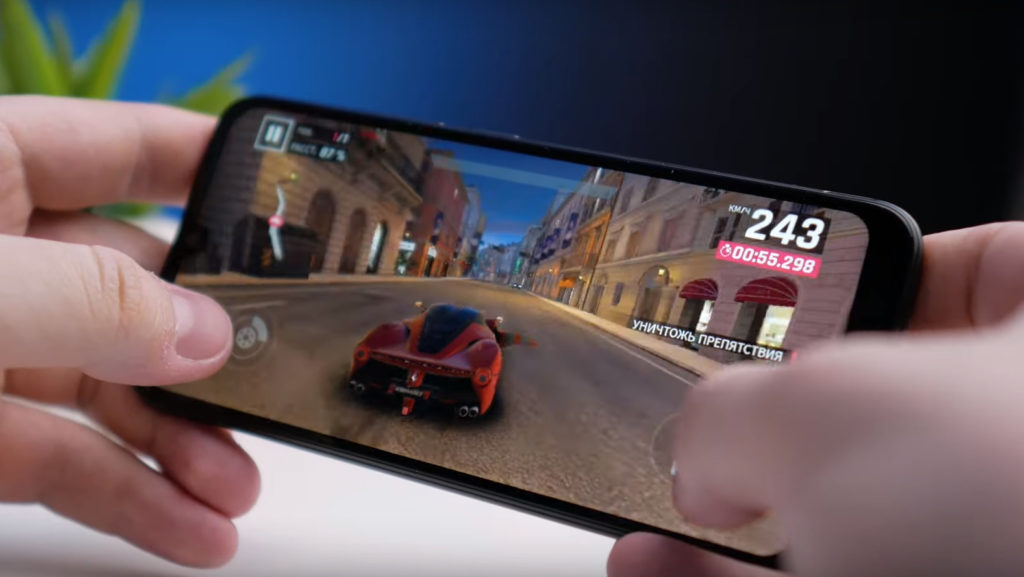
Average price: 8,000 rubles.
Moto E6 Plus is one of the latest models from the company, which received an elongated 6.1-inch bezelless IPS display with a resolution of 1560 × 720. Not without a drop camera, so all the popular chips are preserved.
Like other rating models, it has a slot for two Nano-SIM and can be equipped with microSD up to 512 GB. Built-in memory - 32 GB. There is support for 4G (LTE).
Inside, the smartphone has an advanced MediaTek MT6762 Helio P22 processor with eight Cortex-A53 cores. The clock speed of each core is 2.0 GHz, which is quite enough for modern games at low and medium graphics settings in conjunction with the PowerVR GE8320 video core. Again, the device slows down, first of all, the RAM - only 2 GB of RAM is available. However, the system based on Android 9.0 (Pie) does not slow down and the device works quite fast.
With cameras, everything is a little better than that of Honor 8A - the main module has two sensors + 2 MP (the second depth sensor). The front camera received an 8 megapixel matrix (f / 2.0 aperture). By the way, a beauty mode has been implemented, which should appeal to selfie fans. Video recording is possible in Full HD 1920x1080.
But NFC is no longer here, there is only Bluetooth 4.2 and Wi-Fi and navigation GPS, Beidou, GLONASS. Built-in fingerprint scanner (back), accelerometer, light and proximity sensors. There is also face unlock, a microUSB slot and a 3.5 mm headphone jack.
A 3000 mAh battery lasts for a day of normal use. When playing games, the phone sits down in less than 4 hours.
- Attractive appearance;
- Android 9.0 (Pie);
- 6.1-inch IPS display;
- Price;
- Cameras;
- CPU;
- Internal storage with 32 GB.
- 2 GB of RAM;
- The battery runs out pretty quickly when using the network and playing games.
Conclusion: Motorola Moto E6 Plus is an interesting modern smartphone, which in fact is something in between the two previous models Samsung and Honor. However, a significant advantage of the model is the balance between cameras and performance, given the price of 8,000 rubles.
Meizu M10
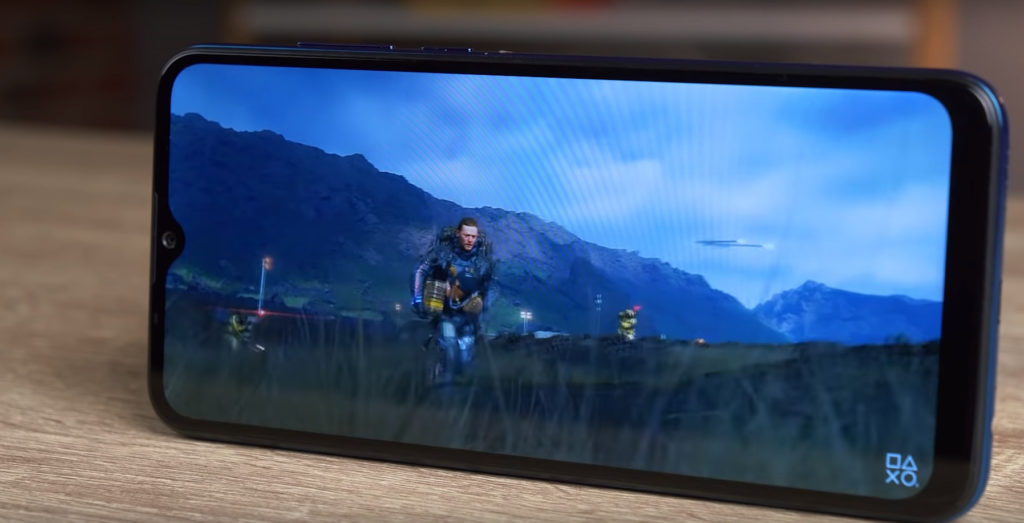
Average price: 12,000 rubles.
This smartphone is suitable for adult children due to the large 6.5-inch screen with a resolution of 1600 x 720. Of all the smartphones listed above, it is the M10 that has the narrowest bezels and the smallest chin. Frontalka is made, cut into the screen in the form of a drop. But the main advantage of the phone is its stylish glass cover. It is not often possible to meet such a solution in budget smartphones, so Meizu has a slight advantage. Also on the back is a triple camera and fingerprint reader, making the device look much more expensive than it costs.
The device works seamlessly with a 4G network, and also has slots for two SIM cards. The pre-installed system is Android 9 (Pie).
But what really pleases the model is its performance. The MediaTek Helio P25 processor has eight high-performance Cortex-A53 cores with a frequency of 2.6 GHz. And the modern graphics ARM Mali-T880 MP2 provide good performance even in demanding games. The RAM fails a little - 3 GB is enough for comfortable work, but this is clearly not the limit of the smartphone's capabilities. By the way, the built-in memory is available 32 GB, which also reminds of the budget of the smartphone. Of the minuses - a slot for a microSD memory card is combined (up to 128 GB), which means that you have to choose between a SIM card and a drive.
Surprisingly, everything is also good with the cameras - 13 Mp + 2 Mp + 2 Mp takes excellent pictures in good lighting, but as expected, "makes noise" in the dark. You can record video in Full HD, resolution 1920x1080 (stereo sound). The front camera does not stand out in anything special - just a good 8 megapixel sensor without any bells and whistles.
Unfortunately, the phone lacks NFC, but it does have Bluetooth 4.2 and Wi-Fi. Navigation is provided by GPS and GLONASS. There is a microUSB connector and a 3.5 mm mini jack. From the sensors, it is worth highlighting the presence of a fingerprint scanner, accelerometer, compass, lighting and proximity. And the last surprise is the 4000 mAh battery. Yes, everything is in order with the autonomy of the device, but do not forget about the screen size and the lack of energy-efficient cores in the processor. As a result, the operating time of the device is approximately the same as that of competitors - 5-7 hours of active use.
- Stylish design;
- Triple camera;
- Powerful processor;
- 3 GB of RAM;
- Android 9 (Pie);
- Autonomy;
- Screen diagonal 6.5 inches.
- Dimensions (small children will certainly like the phone, but it will be very inconvenient to use it in everyday life);
- There are very few accessories on the market;
- Combined memory slot.
Conclusion: Meizu M10 is a smartphone that combines good performance, stylish design, and good cameras. In addition to this, it has a large battery and a large screen. And looking at the price and the number of positive reviews online, it becomes clear that the disadvantages are simply lost against the background of the advantages.
Advanced smartphones
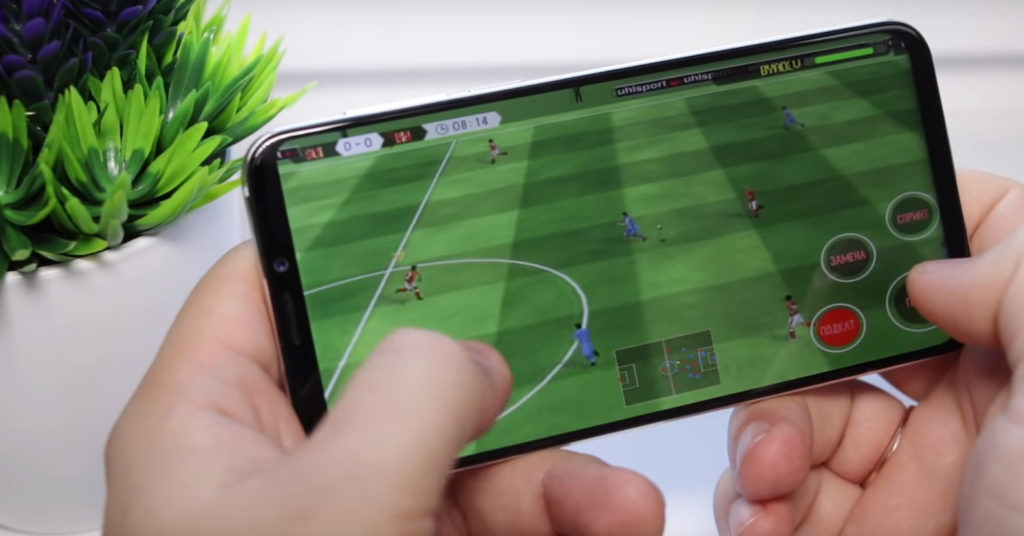
This section will collect the most powerful smartphones available that will appeal to absolutely any child, due to its excellent performance and stylish appearance. The price range on average ranges from 14 to 16 thousand rubles.
Table:
| Model | Cameras | Performance | Memory | Overall dimensions | average price |
|---|---|---|---|---|---|
| Motorola One Macro | main: 13 Mp + 2 Mp + 2 front camera: 8 Mp | MediaTek Helio P70 (2.0 GHz), ARM Mali-G72 MP3 | 4 / 64GB | 157.6x75.41x8.99 mm | 13 800 rubles |
| Xiaomi Redmi Note 8T | main: 48 Mp + 8 Mp + 2 Mp + 2 Mp front camera: 13 Mp | Qualcomm Snapdragon 665 (2 GHz) | 4 / 64GB | 161.15x75.4x8.6 mm | 15 200 rubles |
| Samsung Galaxy A30s | main: 25 Mp + 5 Mp + 8 Mp front camera: 16 Mp | Samsung Exynos 7904 (2x 1.8 GHz and 6x 1.6 GHz), ARM Mali-G71 MP2 | 3 / 32GB | 158.5, x74.7x7.8mm | 16 300 rubles |
| Meizu X8 | main: 12 Mp + 5 Mp front camera: 20 Mp | Qualcomm Snapdragon 710 (2.2 GHz, Qualcomm Adreno 616 | 6 / 128GB | 151.2x74.6x7.8 mm | 13,000 rubles |
Motorola One Macro
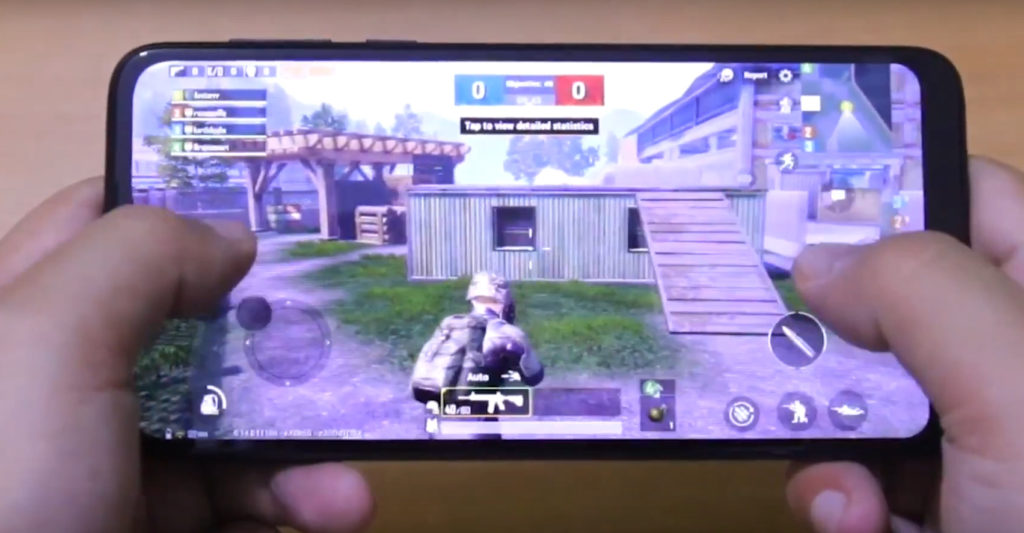
Average price: 13 800 rubles.
Another Motorola representative with a large 6.2-inch IPS screen (resolution 1520 x 720) and excellent color solutions. The body of the smartphone can be purple or blue with gradient transitions, which, combined with a triple vertical camera and a frameless display, looks very attractive.
There is support for 4G (LTE), as well as a combined SIM card slot (in one of them you can insert microSD up to 512 GB). The operating system from the box is Android 9.0 (Pie).
Responsible for performance MediaTek Helio P70. This processor has eight cores clocked at 2.0 GHz. The graphics ARM Mali-G72 MP3 shows good results in tests, and pulls modern games at low-medium settings, which is very good for a budget employee. There is enough RAM and internal memory - 4/64 GB, which is already acceptable for middle-class devices.
The main triple camera has a resolution of 13 Mp + 2 Mp + 2 Mp modules, and the front camera is 8 Mp. An interesting solution that is used in many devices, achieving good results due to additional depth sensors and macro photography.
There are standard Bluetooth 4.2 and Wi-Fi, navigation via GLONASS and GPS. Of the unusual - the degree of dust-moisture protection IPx2 and the presence of a Type-C connector. Sensors: fingerprint, accelerometer, proximity, lighting, gyroscope.
The 4000 mAh battery provides a long battery life, however, the lack of energy efficient cores and the display at maximum brightness can drain a charge in less than 6 hours.
- Color shades;
- CPU;
- The degree of dust and moisture protection IPx2;
- Triple camera;
- Type-C connector;
- IPS screen 6.2 inches;
- Memory 4/64 GB;
- Autonomy.
- Combined SIM card slot.
Conclusion: A bright and stylish smartphone with good performance and cameras - considering the cost, one of the most interesting options in its price range.
Xiaomi Redmi Note 8T
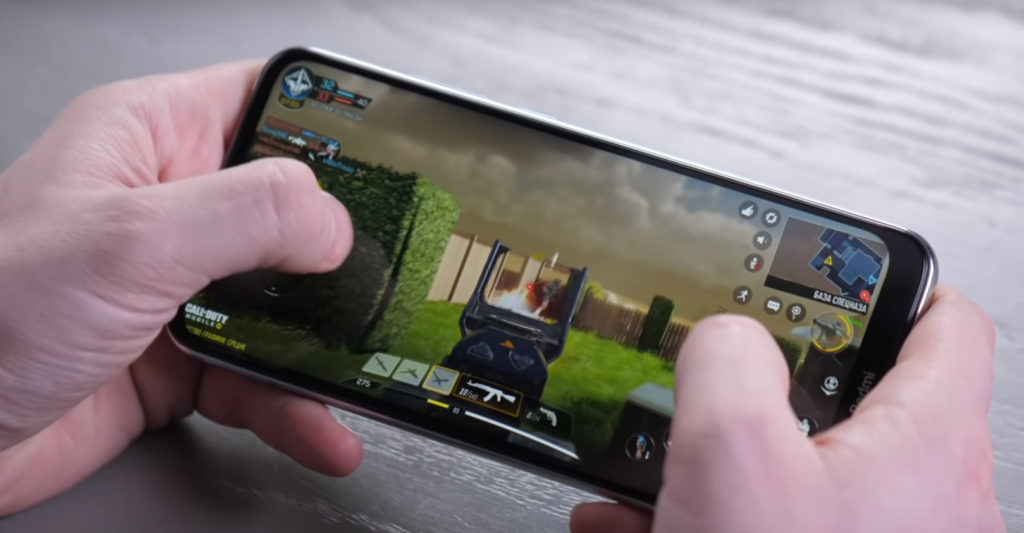
Average price: 15 200 rubles.
One of the most interesting budget phones of 2020 for its superbly matched colors and gradient transitions, a large 6.3-inch IPS screen with a high resolution of 2340 × 1080 and, of course, an incredibly attractive price.
There is support for 4G, works with two Nano-SIM, a slot for a memory card is not combined, support for microSD up to 256 GB. Android 9.0 (Pie) is preinstalled from the box.
Inside, Xiaomi has a well-proven Qualcomm Snapdragon 665 with 8 Kryo 260 cores (2 GHz).And the Qualcomm Adreno 610 graphics accelerator along with 4 GB of RAM perfectly pulls the most modern applications, at medium graphics settings.
The main camera has four sensors - 48 MP + 8 MP (ultra wide-angle 120 °) + 2 (macro) MP + 2 MP (depth). The front camera has a 13 megapixel matrix. Needless to say, having such indicators, the device shoots much better than its competitors and is not for nothing called a "budget camera phone". By the way, the device is capable of shooting video in 4K (3840 × 2160), which is a huge plus for a budget employee.
Also Xiaomi Redmi Note 8T has:
- Wireless technologies: Bluetooth 5.0, IRDA, NFC, Wi-Fi;
- Sensors: accelerometer, compass, lighting, proximity, gyroscope, fingerprint scanner;
- Interfaces: mini-Jack, Type-C.
The technology of unlocking in the face is also implemented
Autonomy is at a decent level - the 4000 mAh battery is in no way inferior to the main competitors and keeps about 6 hours in productive mode.
- Stylish design;
- Cost;
- Quadruple camera;
- Powerful Qualcomm Snapdragon 665;
- 4K recording (3840 × 2160);
- NFC, IRDA;
- Memory 4/64 GB;
- Type-C connector;
- IPS screen 6.3 inches;
- Autonomy;
- Separate slot for a flash card.
- There are problems with finding a network (the second SIM-card can sometimes lose connection).
Conclusion: Xiaomi Redmi Note 8T is the smartphone that has everything at a low price. You can describe its merits for a long time, but you just have to look at the number of positive reviews and all questions disappear at once.
Samsung Galaxy A30s
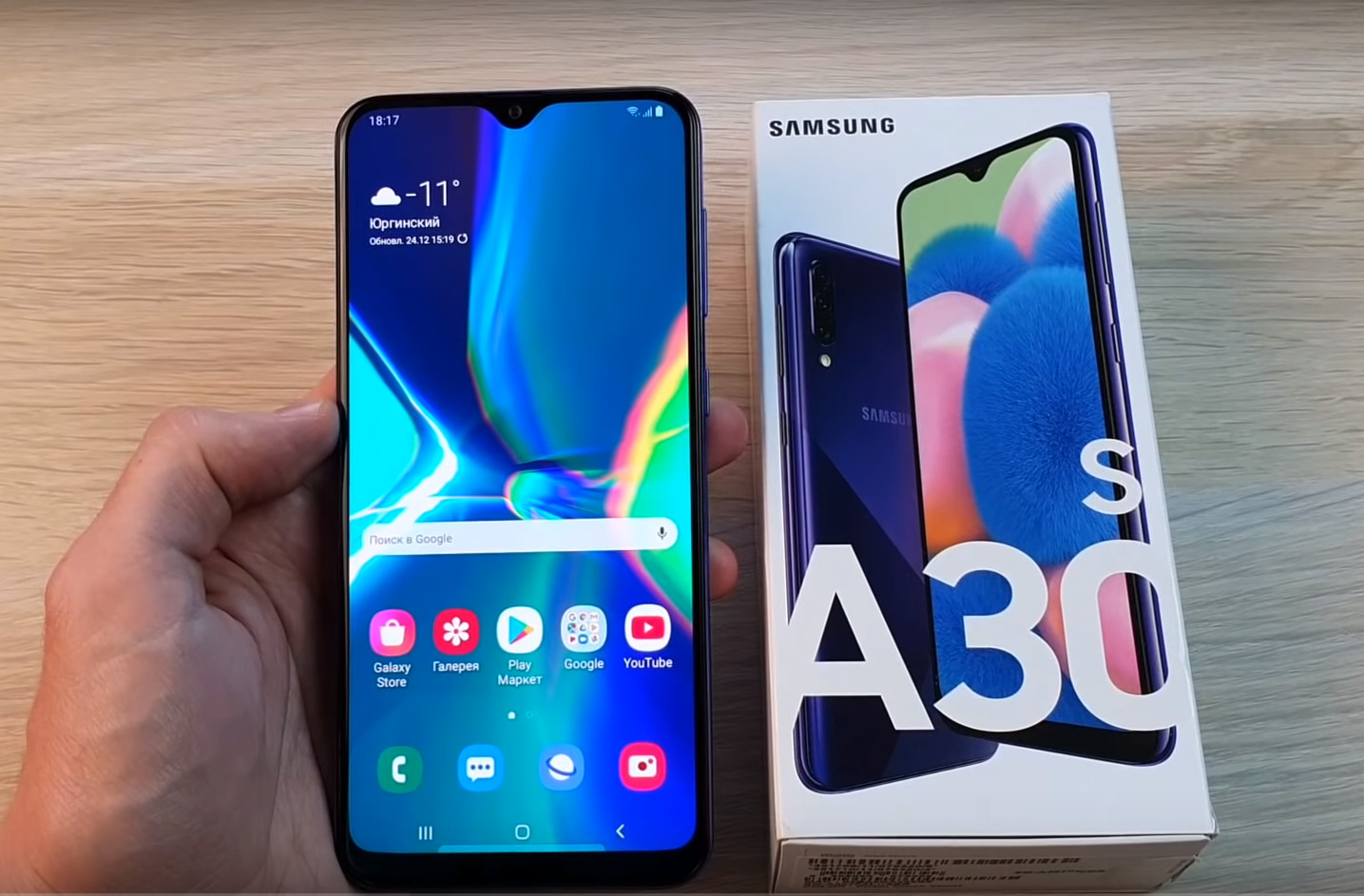
Average price: 16 300 rubles.
Another budget "camera phone", but this time from the world famous Korean manufacturer. The Galaxy A30s has a large bezel-less screen, excellent display-to-body ratio and attractive design.
The screen diagonal is 6.4 inches with a relatively small resolution of 1560 x 720 pixels, but the picture still looks bright and vibrant thanks to the Super AMOLED matrix.
Supports 4G (LTE) and two Nano-SIM. The slot is not combo (microSD up to 512 GB). OS version - Android 9.0 (Pie). I was a little disappointed with the memory of the device - 3 / 32GB is still not what I wanted to see for this price.
The Samsung Exynos 7904 central processor has Cortex-A73 + Cortex-A53 cores (distributed in a ratio of 2x 1.8 GHz and 6x 1.6 GHz). The video core is ARM Mali-G71 MP2. In games, not very good performance is shown (mostly new items are at minimum salaries), but given the 4000 mAh battery, this solution provides good autonomy.
The triple vertical camera has modules of 25 Mp + 5 Mp + 8 Mp, the front camera - 16 Mp. The phone shoots very well, considering that this is a state employee, but there is no 4K shooting - Full HD (1920 × 1080) is the ceiling of possibilities.
Navigation is provided by A-GPS, Beidou, GLONASS systems. There are Type-C and mini jack interfaces, as well as Bluetoot 5.0 technologies, NFC and Wi-Fi, and face unlock.
List of sensors: Hall, lighting, proximity, geomagnetic, accelerometer, gyroscope.
- Triple camera;
- Economical processor;
- Autonomy;
- NFC;
- Super AMOLED screen 6.4 inches;
- Separate slot for a flash card;
- Android0 (Pie);
- Lots of sensors;
- Design.
- Memory 3 / 32GB;
- Processor power;
- Sizes (may be too big for a child's hand).
Conclusion: Samsung Galaxy A30s is a great option for those who want an inexpensive phone with a good camera and at the same time from a well-known brand. The performance is a little disappointing, but the smartphone is not positioned by the manufacturer as a gaming one.
Meizu X8
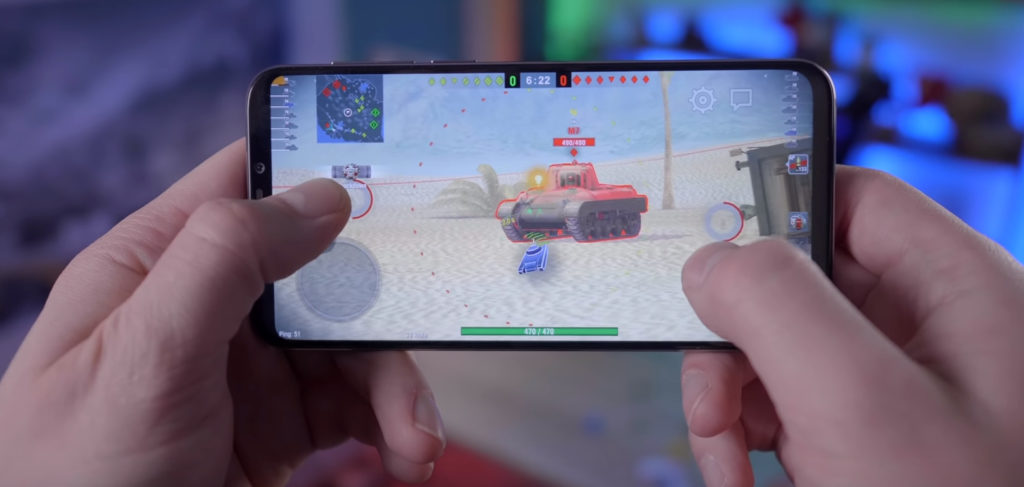
Average price: 13,000 rubles.
Perhaps the most interesting smartphone in the ranking. With a price of about 13,000 rubles (for aliexpress, the cost even reaches 10,000), the model offers a 6.15-inch display with a screen resolution of 2220 × 1080. It is worth highlighting the very thin frames and the almost complete absence of "chin" and "eyebrows". The usual back cover spoils the impression a little, but the manufacturer had to sacrifice something in order to maintain an attractive price.
As it should be, the phone supports 4G (LTE) networks, and also holds two Nano-SIM cards. The downside is the lack of a slot for flash memory as such (you will have to be content with the internal memory of 128 GB, which is actually an unimaginable luxury for a state employee).Also outdated Android 8.1 (Oreo) comes from the box, but it is possible to update the device (Android is not clean, but with the proprietary shell of the company Meizu Flyme).
And the strongest side of this model is performance. The eight Kryo 360 cores of the Qualcomm Snapdragon 710 processor have an operating frequency of 2.2 GHz, which in conjunction with the Qualcomm Adreno 616 video core and 6 GB RAM provides excellent performance even in demanding games at medium and high graphics settings.
The main camera is dual 12 MP + 5 MP, however, this is a high-quality Sony sensor, so the photos are unexpectedly good. And for lovers of selfies, it's a real holiday - 20 megapixels at the front camera, it's hard to find even in middle-class devices, not to mention budget ones. By the way, the phone records 4K video (3840x2160) without any problems, which is also very unusual for this price range.
There are all the necessary sensors (gyroscope, lighting, proximity, Hall, compass), interfaces (Type-C, mini-Jack), navigation by A-GPS, Beidou, GLONASS, as well as modern Bluetooth 5.0 and Wi-Fi technologies, recognition function faces. Among the disadvantages is the lack of an NFC module.
The battery capacity is 3210 mAh, but the owners claim that the smartphone keeps a charge all day during normal use and even in games (about 6 hours).
- Cameras;
- Performance;
- Memory 6/128 GB;
- Cost;
- 6.15-inch screen;
- Shooting video in 4K (3840 × 2160);
- Autonomy;
- Frameless screen.
- No slot for microSD;
- No NFC;
- Android 8.1 (Oreo);
- Accessories will have to be bought on aliexpress;
- The design is simple.
Conclusion: Meizu X8 is an affordable smartphone that will please both gamers, thanks to its amazing performance, and fans of selfies - the modules have good resolution and high-quality assembly. However, there are also small problems, but looking at the characteristics of the device I don't want to mention them.
Summing up
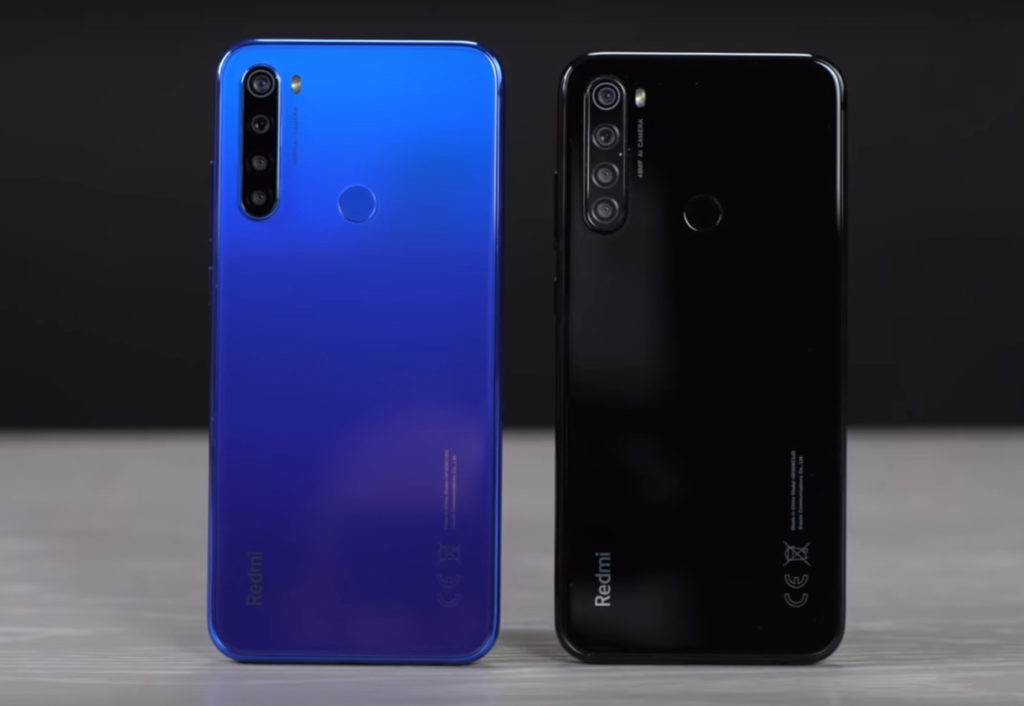
Finding a smartphone for a child in 2020 will not be a problem, because manufacturers produce a lot of models of very different directions, cost and positioning. First of all, it is worth determining for what purpose the device is being bought:
- As the first phone for a small child, the inexpensive and relatively compact Doogee X53 is perfect;
- For older children - Prestigio S Max 7610 Duo if the brand is not important and Samsung Galaxy M10 if the appearance and "name" of the device matter;
- As a universal smartphone for games / photos / autonomy - Meizu X8 or Xiaomi Redmi Note 8T as more affordable options and Samsung Galaxy A30s as a status one.
And yet, before buying a gift, it is better to find out directly or indirectly which phone the child likes best, because sometimes the preferences of children may not be obvious at all.
new entries
Categories
Useful
Popular articles
-

Top rating of the best and inexpensive scooters up to 50 cubic meters in 2020
Views: 97661 -

Rating of the best materials for noise insulation for an apartment in 2020
Views: 95022 -

Rating of cheap analogues of expensive drugs for flu and colds for 2020
Views: 91750 -

The best men's running shoes in 2020
Views: 87680 -

Top ranking of the best smartwatches 2020 - price-quality
Views: 85091 -

Best Complex Vitamins in 2020
Views: 84801 -

The best dye for gray hair - 2020 top ranking
Views: 82406 -

Rating of the best wood paints for interior use in 2020
Views: 77202 -

Ranking of the best action cameras from China in 2020
Views: 75269 -

Rating of the best spinning reels in 2020
Views: 74827 -

The most effective calcium supplements for adults and children in 2020
Views: 72462 -

Top rating of the best means for male potency in 2020 with a description
Views: 68296

